CEBU CITY, Philippines –Step into the vibrant tapestry of Cebu City’s history and culture, where every cobblestone whispers tales of the past.
As Sinulog 2024 beckons, brace yourself for a riveting journey through some of the most enchanting historical sites in Cebu City that make the city a captivating destination.
- Fiesta Señor and Sinulog Festival: What’s the difference?
- LOOK: Schedule of Novena Masses of Fiesta Señor 2024
- LIST: Sinulog 2024 schedule of activities
- The traditions of ‘Sinug’ candle vendors at the Basilica Minore del Santo Niño
Get ready to immerse in a symphony of stories, each site a unique note in the melody of Philippine heritage.
Magellan’s Cross

The wooden cross is said to encase the original cross planted by Portuguese explorer Ferdinand Magellan in 1521. CDN Digital photo | Christian Dave Cuizon
Dive headfirst into history at Magellan’s Cross, a symbol marking the genesis of Catholicism in the Philippines.
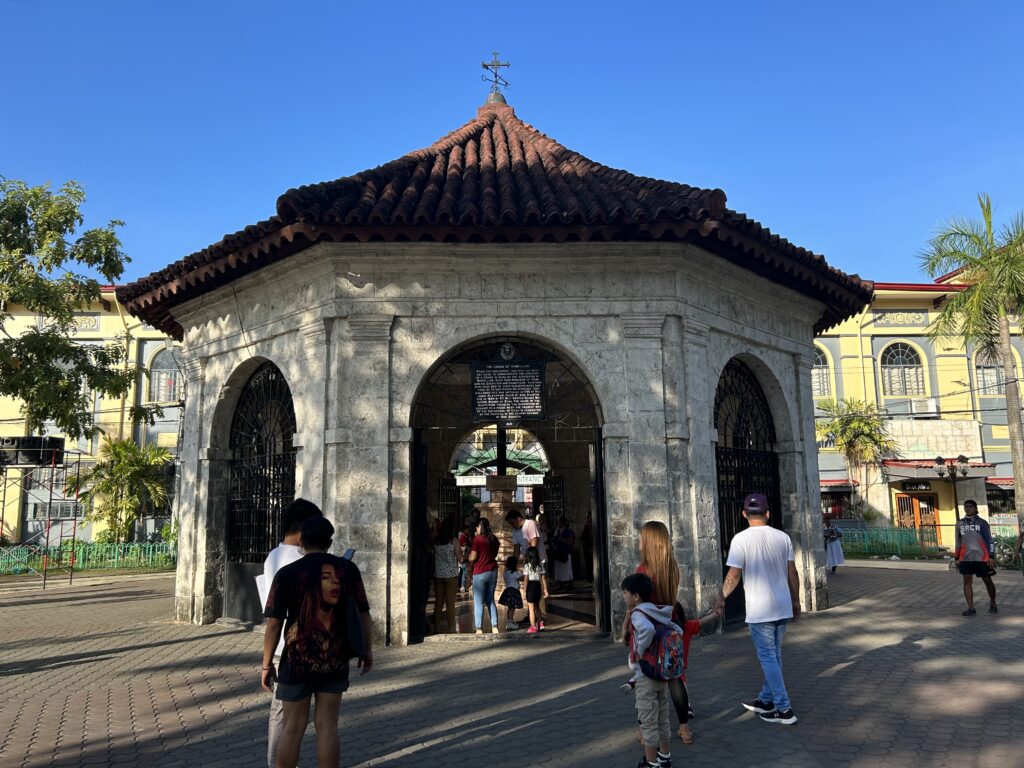
The Magellan’s Cross. CDN Digital photo | Christian Dave Cuizon
Nestled in a Spanish-style pavilion near the Cebu City Hall, this wooden cross is said to encapsulate the very spot where Ferdinand Magellan planted the original cross in 1521.
READ MORE: Sinulog Festival 2024: Launching Parade Live Updates
It’s not just a cross; it’s a time capsule, echoing the early encounters between explorers and the indigenous people of the Philippines.
Cebu Cathedral Museum
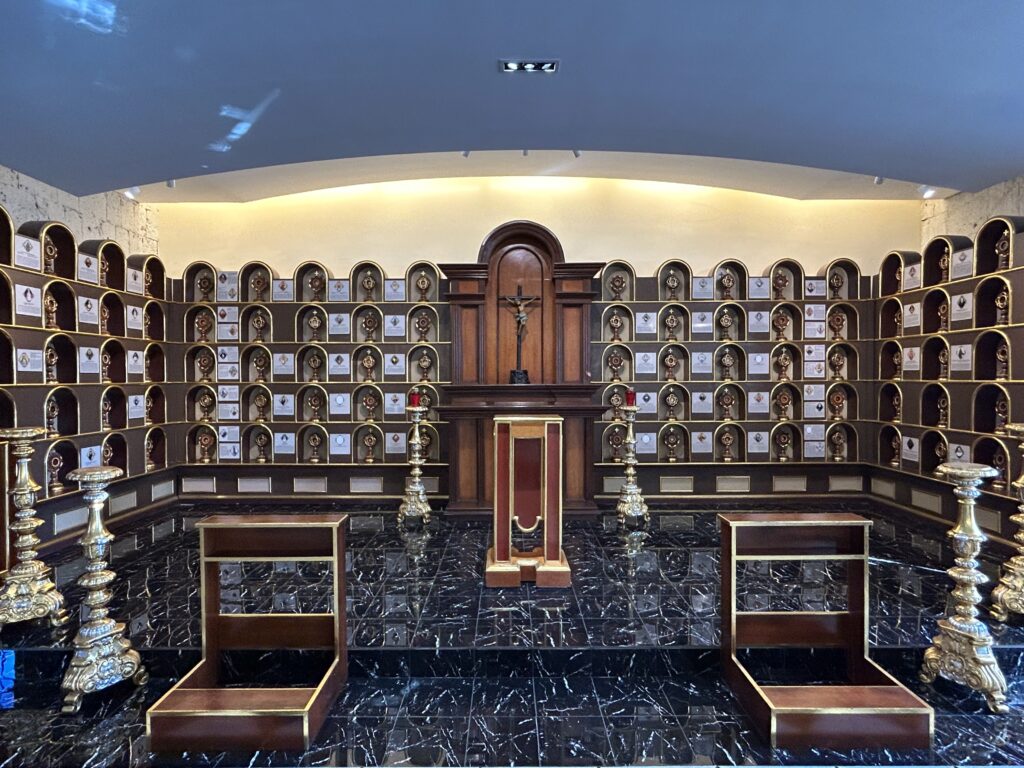
A section in the Cathedral museum where religious artifacts, artworks, and historical items related to the Catholic Church in Cebu. CDN Digital photo | Christian Dave Cuizon
Wander into downtown Cebu and discover the Cebu Cathedral Museum, a cultural sanctuary showcasing religious artifacts, artworks, and historical treasures related to the Catholic Church.
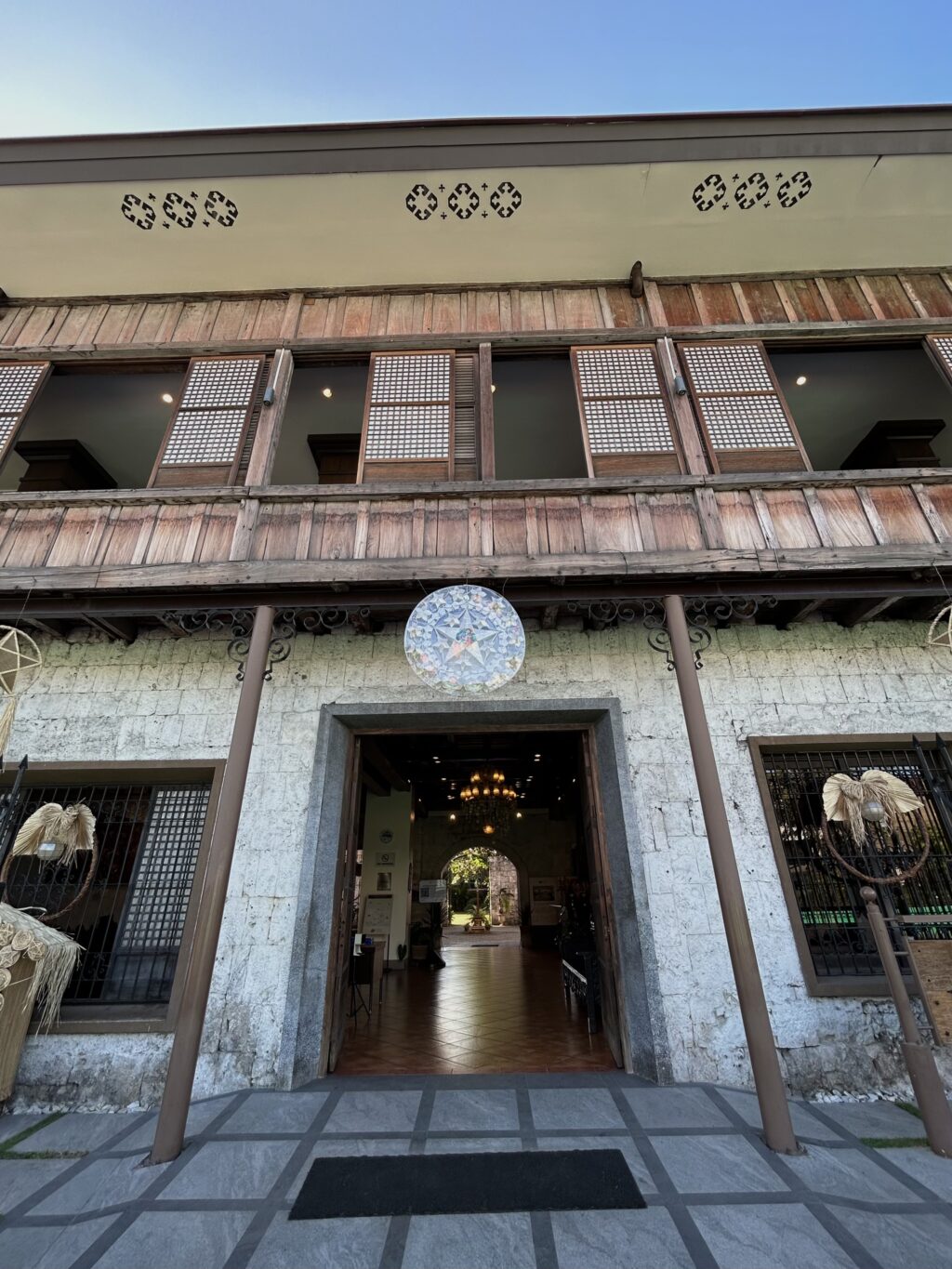
The Cathedral Museum of Cebu. CDN Digital photo | Christian Dave Cuizon
Positioned at the crossroads of P. Gomez and P. Burgos streets in Barangay Santo Niño, this museum invites you to explore the diverse facets of Cebu’s religious and cultural heritage.
READ MORE: Pit Senyor! Interesting facts about the Señor Sto. Niño
A journey through the museum is a step closer to understanding the profound role of Catholicism in shaping Cebu’s identity.
Casa Gorordo

A glimpse of the lifestyle of a wealthy Filipino family during the Spanish colonial period can be seen at the Casa Gorordo. CDN Digital photo | Christian Dave Cuizon
Journey back to the Spanish colonial period as you stroll along E. Aboitiz Street Street to Casa Gorordo.
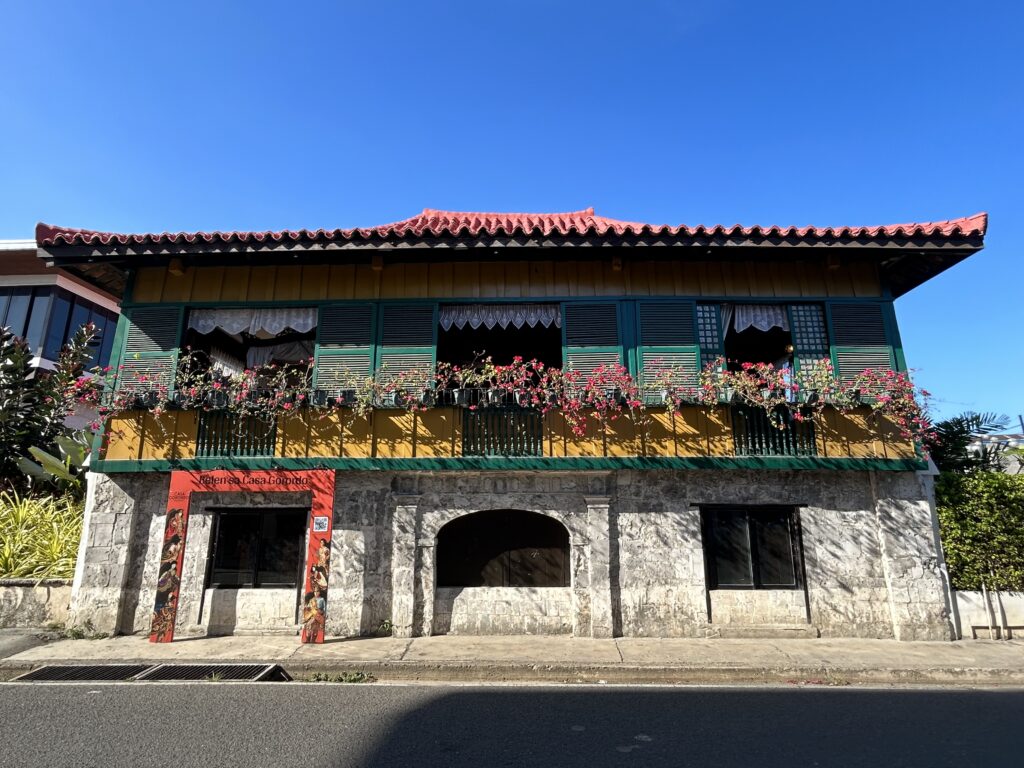
Casa Gorordo Museum. CDN Digital photo | Christian Dave Cuizon
This well-preserved ancestral home offers a peek into the opulent lifestyle of a wealthy Filipino family.
Built in the 1850s, its rooms and courtyards house antique furniture, artifacts, and historical gems. Casa Gorordo is not just a house; it’s a living testament to Cebu’s rich past.
Jesuit House

The Jesuit House is a historic structure believed to be one of the oldest houses in the Philippines. CDN Digital photo | Christian Dave Cuizon
Venture into Zulueta Street and discover the Jesuit House of 1730, a historic gem believed to be one of the oldest houses in the Philippines.
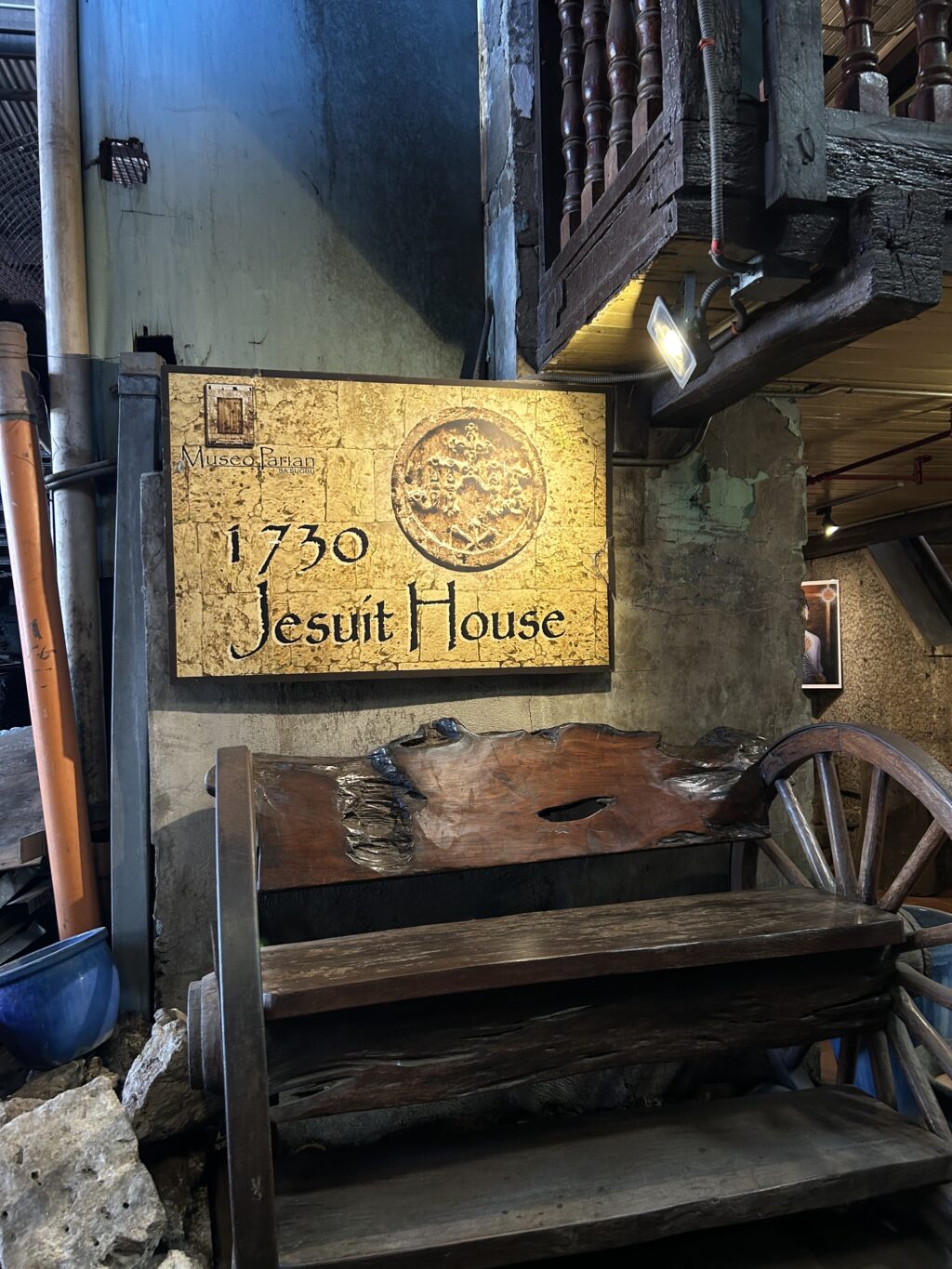
The Jesuit House Museum. CDN Digital photo | Christian Dave Cuizon
Situated in the Parian district, this house is a tangible link to Cebu’s architectural and cultural history.
Built in 1730, it stands resilient, inviting visitors to witness the enduring beauty of the Spanish colonial era.
National Museum in the Philippines – Cebu
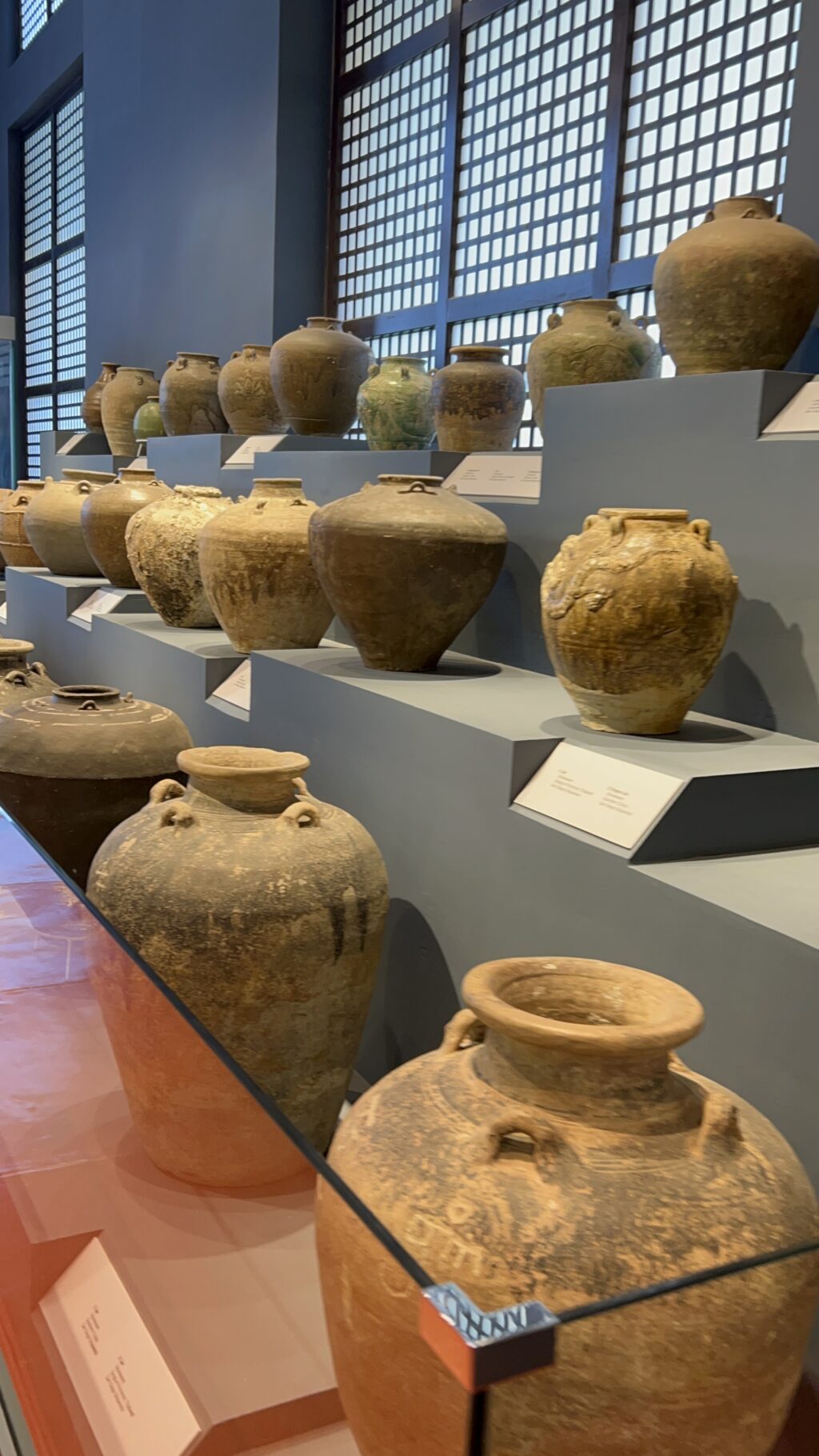
A diverse collection of artifacts, artworks, and exhibits at the National Museum in Cebu represents the Philippines’ cultural and historical heritage. CDN Digital photo | Christian Dave Cuizon
The National Museum in Barangay San Roque stands as a cultural beacon.
READ MORE: National Museum in Cebu braces for opening, visitors told to observe museum rules
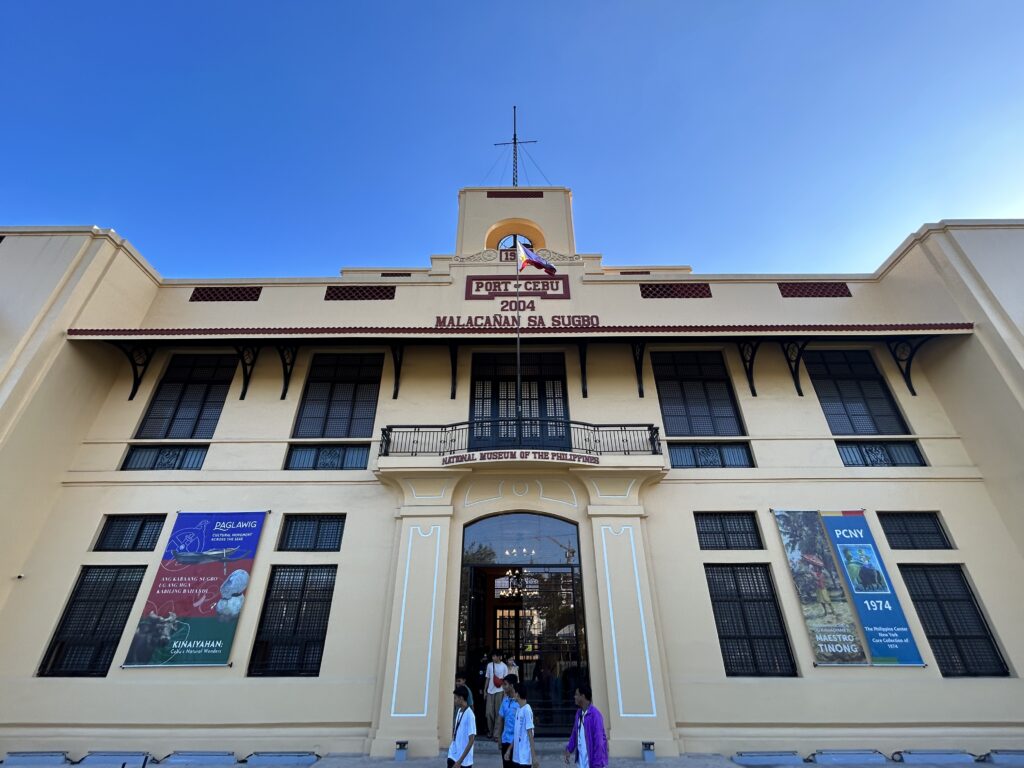
National Museum in the Philippines (NMP)- Cebu. CDN Digital photo | Christian Dave Cuizon
It houses a diverse collection of artifacts, artworks, and exhibits spanning pre-colonial to contemporary times.
With its doors open beside Plaza Independencia and near Fort San Pedro, the museum is a pilgrimage site for those seeking a profound understanding of Filipino culture and history.
So, fellow explorers, as Sinulog 2024 approaches, let the vibrant history of Cebu City unfold before your eyes. Each historical site is a chapter, and together they compose a mesmerizing tale of resilience, heritage, and the enduring spirit of the Philippines.
Get ready to be captivated!
/bmjo

